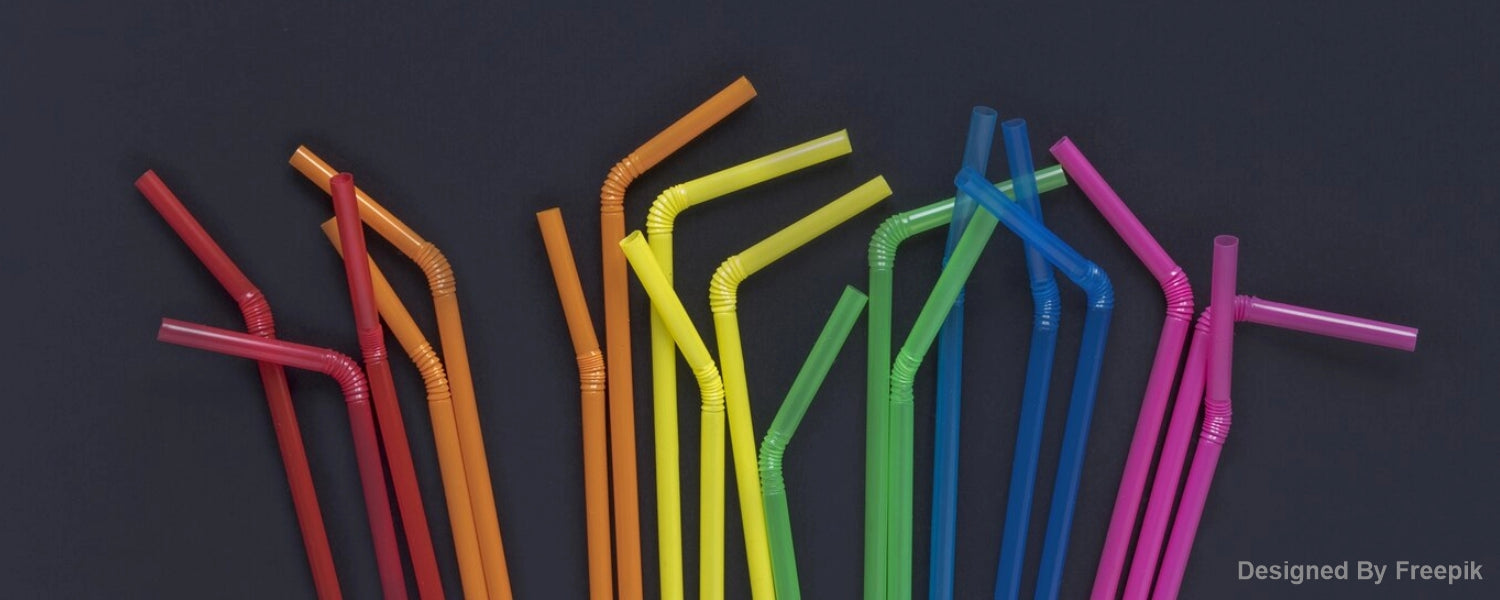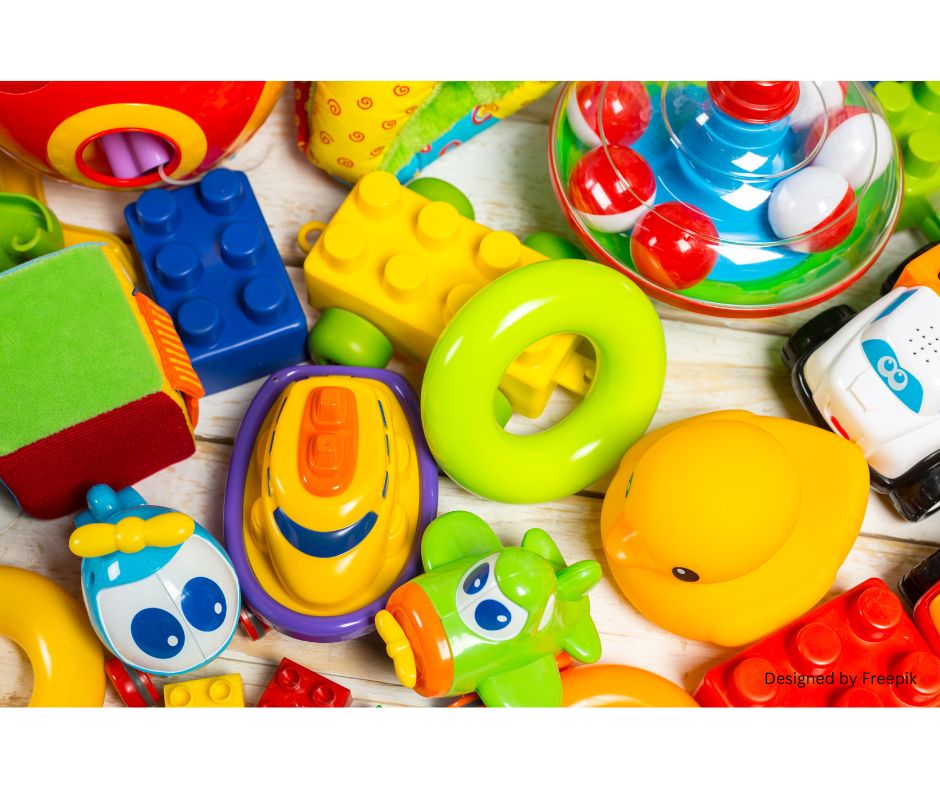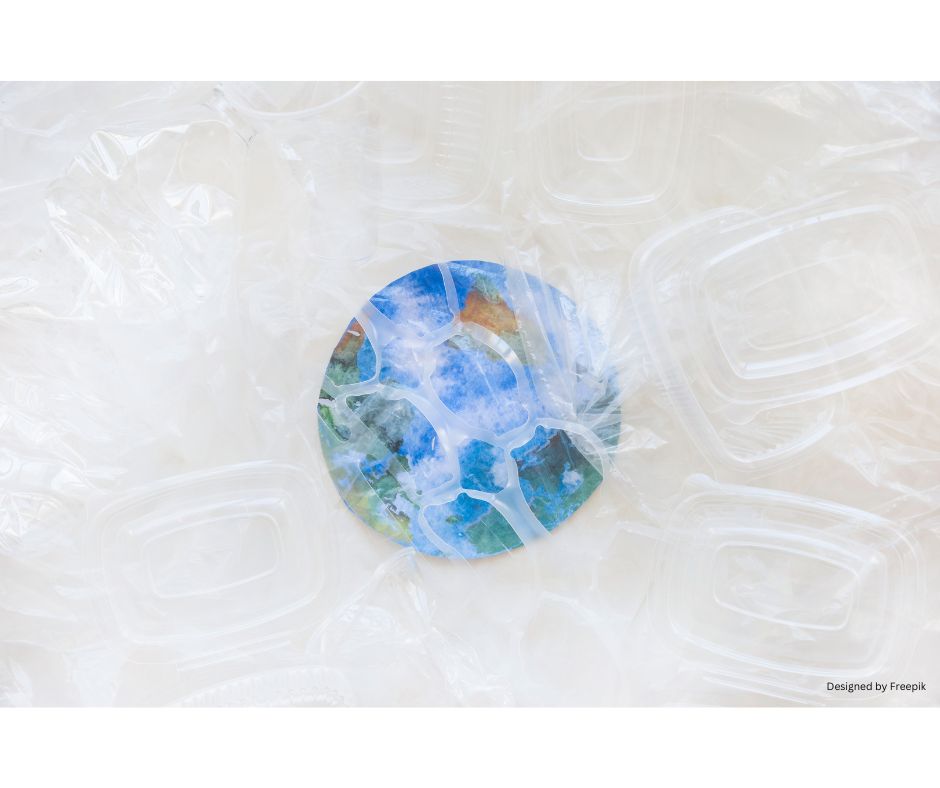In our ever-evolving world of inventions and developments, the conveniences we enjoy today have become an integral part of our daily lives. Consider the simple example of one common thing in our workplaces, during travel, meals, or cleaning routines - paper tissues and towels.
Ever wondered how humans coped with a runny nose before tissues were invented? Or what people used before the advent of toilet paper? In the pursuit of convenience, these paper-based essentials have become indispensable in personal hygiene. Their usage varies across locations, with the recent pandemic even witnessing people stockpiling them. And now the debate on avoiding them or using alternatives as one of the sustainability practices.
But, is the volume of usage significant?
Yes, indeed. The average volume per person is expected to reach 11.64kg in 2023 globally.
Do we use that much in India?
Not really with India's per capita number expected to be around 3-4 kg in 2023. Our usage is not as extensive as the global average, but it's gradually increasing year on year, with more establishments adopting it.
Even if that's the case, it's made of paper and paper from trees which is a natural element. So, where’s the issue and how does it impact our footprint?
This common “Tissue” comes at an uncommonly high cost to the planet.
- The production of paper tissues heavily relies on wood pulp, contributing to deforestation. Over a million trees are cut down daily for toilet paper globally.
- Water and Energy Consumption: The manufacturing process for paper demands vast amounts of water and energy, with the water footprint of a single sheet ranging from 5 to 10 liters. The energy cost further adds to the high environmental impact due to the usage of fossil fuels.
- Chemical Usage: The pulping and bleaching processes contribute to water pollution. Residual chemicals in the final product can have adverse effects on the environment and individuals. Bleaching is what makes the paper white as some of you might already know. Remember the days when we used rough notebooks with off-white papers? There was some logic behind that, wasn't there?
- Waste: The disposable nature of paper tissues encourages waste.
These are paper products, so aren't they recyclable and biodegradable?
- Used tissues which carry body fluids or food waste cannot be recycled.
- The good news is that they are bio-degradable, if the tissue has been used to wipe hands after washing or food on a table, those tissues can be added to the compost bin at home instead of discarded in trash which ends up in landfills.
But a million trees per year is a high price to pay for a little convenience.
So, do we have any sustainable alternatives?
Yes either continuing the old ways before these tissues were invented or adopting some new ways. Here’s what you can choose among and decide what suits your circumstances-
- Reusable Cloth Tissues: Switch to reusable cloth tissues that are washable, durable, cost-effective, and eco-friendly.
- Recycled paper: Tissues and toilet paper made from recycled materials ranging from off-cuts and office supplies help in giving all that paper a second life. Recycled toilet paper has a significantly lesser impact on our environment. Toilet paper made from recycled paper requires no trees to be cut down.
- Packaging Matters: Choose products with minimal packaging to further reduce your environmental impact.
- Handkerchiefs: Remember to carry a couple of handkerchiefs with you and where possible use them instead of tissues. These handkerchiefs can be easily washed at home.
So, what's the final word?
Let's ditch some habits and adopt solutions that prioritize our well-being and the health of our planet. Changing everything at once is hard, but taking one good step at a time benefits us all.








1 comment
Nice article. It would be good to show comparison with air dryer and highlight which is a better option. Obviously using own handkerchief is the best option.